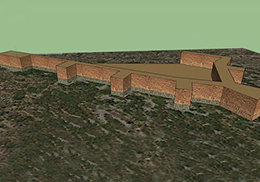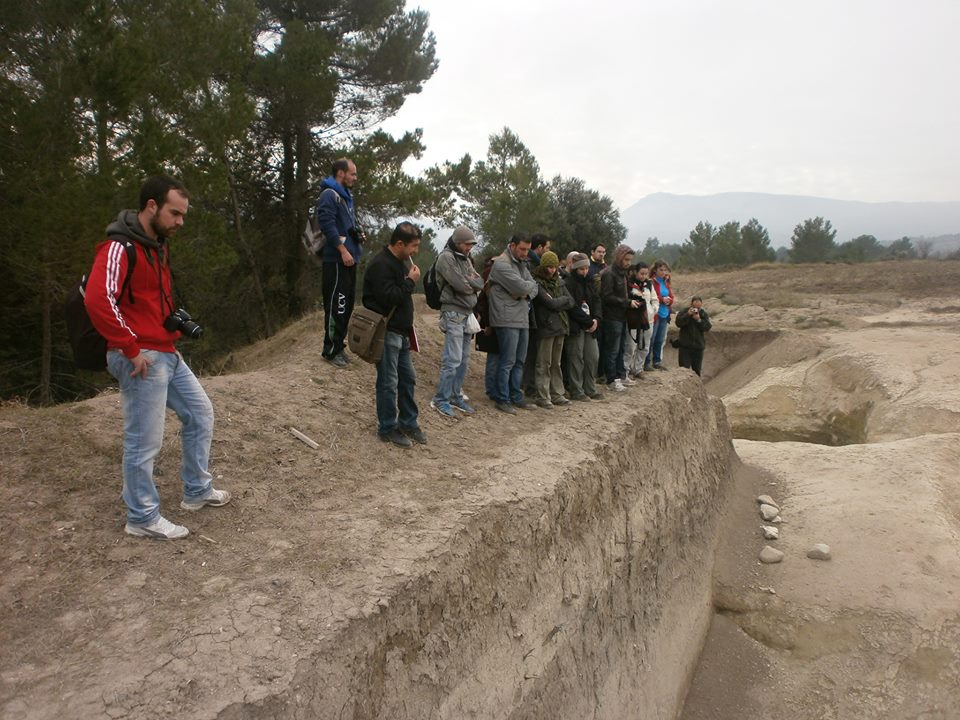
The iconic mountain, located in Dénia, hosts large fortifications that leave behind many unknowns, reaching some of them 2 600 years old. At the cycle "Dénia in wartime" experts address different issues such as which was the purpose of those bastions: considering if it was an urban element, if it intended to control the territory or whether it was a defensive bulwark.
23 june 2016
2 600 years ago, in the 6th century BC, l’Alt de Benimàquia became the first region to produce wine in the Iberian Peninsula, and its inhabitants were the ones who built the first walls that would frame that territory. Those were not the only ones in Montgó, since as the next centuries came, similar buildings started to appear; for instance, the ones in Coll de Pous (5th-4th centuries BC) or in Pic de l’Àguila. The edifications keep such a quantity of memories that have achieved to draw the attention of many experts over time. “When it comes to fortifications, Montgó offers a singular historiography”, points the director of the Archaeological Museum of Dénia, Josep Antoni Gisbert.
The first scheduled block is dedicated to all the edifications that now constitute the Montgó Natural Park. The aim of this debate, which will extend until November 2016, is to examine the history compounded by the armed conflicts in this enclave. The event will start this Thursday 23 June at 19:30 in the room Castell with the presentation L’Alt de Benimàquia. The facility where the event will take place is under the responsibility of the expert Enrique Díes Cusi, who dedicated his doctoral thesis to multiple structures and Iberian edifications, and participated in the archaeological excavations carried out in Benimàquia during the eighties and nineties.
Carlos Gomez Bellard and Pierre Guerin led the team of the UV, responsible for carrying out such expeditions that made possible the correct identification of Benimàquia as wine-maker territory and the determination of this place as a space protected by the fortification compounded by strongholds and towers created by the Iberian culture.
Which was the initial objective of this walled is a far more enigmatic question
Which was the original purpose of this walled is a far more enigmatic question, since its function could have been urbanistic, being therefore huge edifications that allowed inside the population; or it could have been defensive, assuring the protection from other settlements.
This second purpose leads us to a second unknown: ¿Who wanted they to be protected from? Today, after the first conference, Díes Cusi will take part in a discussion table that aims to clear the way to the huge amount of hypothesis. Gisbert itself will also take part in this table.
Going back decades ago we find Benimàquia, by Roc Chabàs, an article dated between 1885 and 1890, whose purpose was to throw some light on the various issues that for many years have been questioned. The unknowns have been studied from different points of view; we find the studies planned by British archaeologists during the first half of the 20th century, or the hypothesis stated by the archaeologist Francisco Martínez, who advocates its connection to the Hēmeroskopeion, a Greek city or colony historically linked to Dénia.










